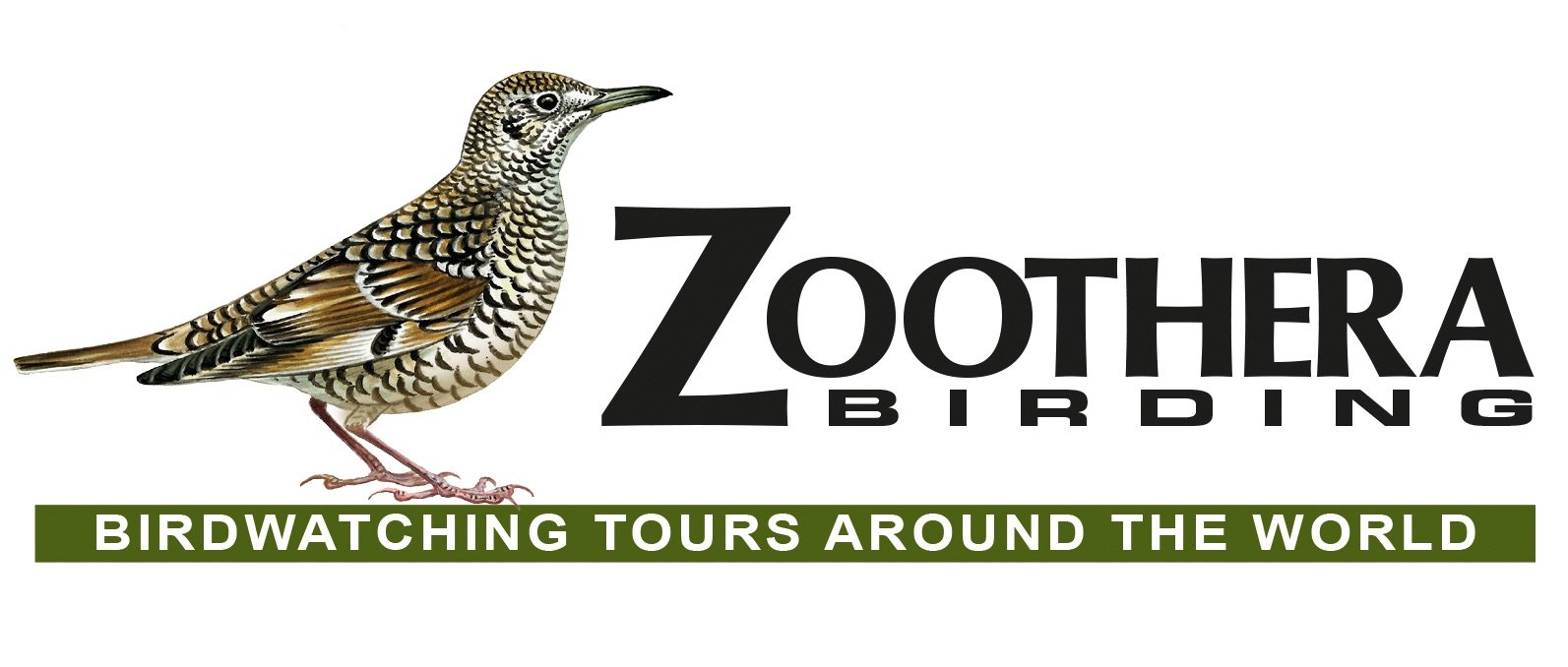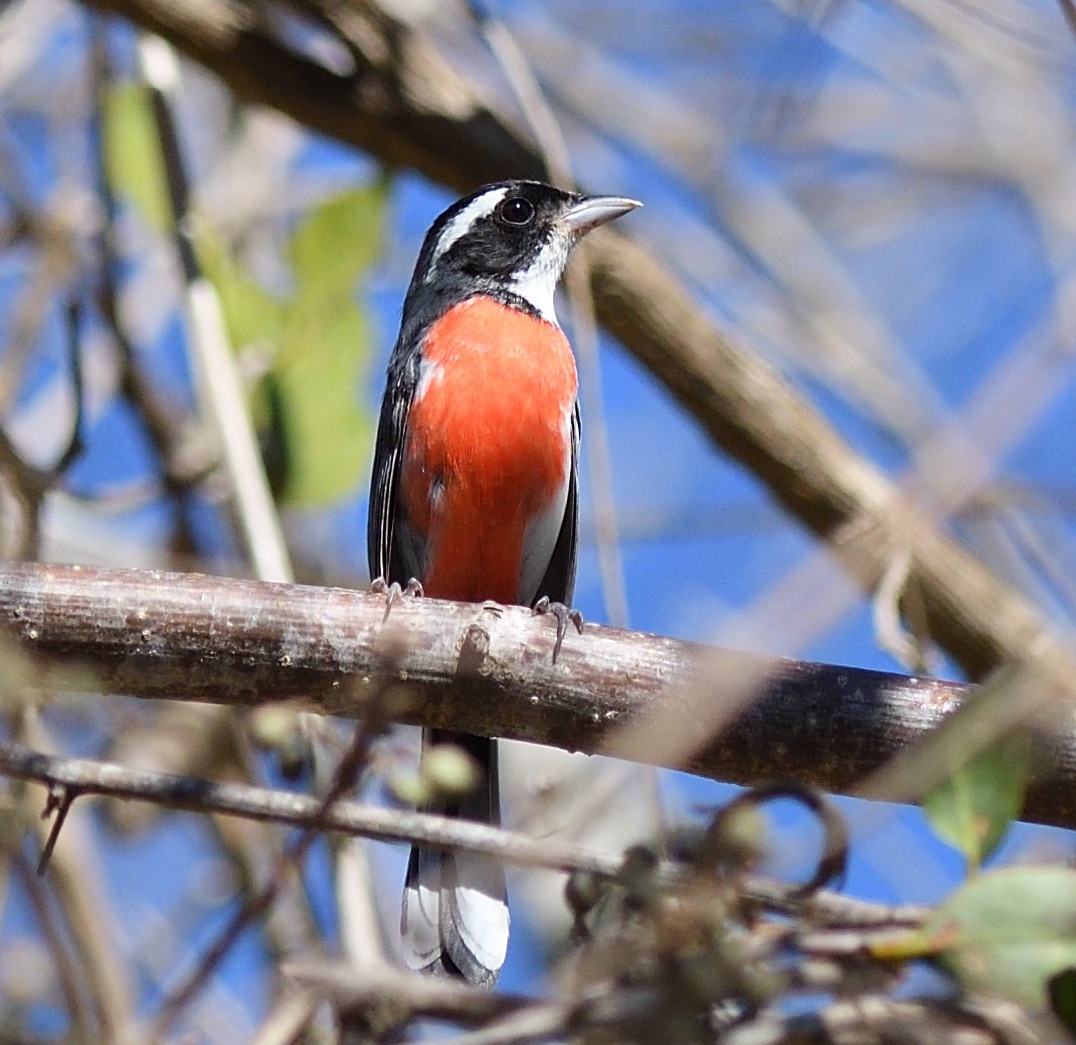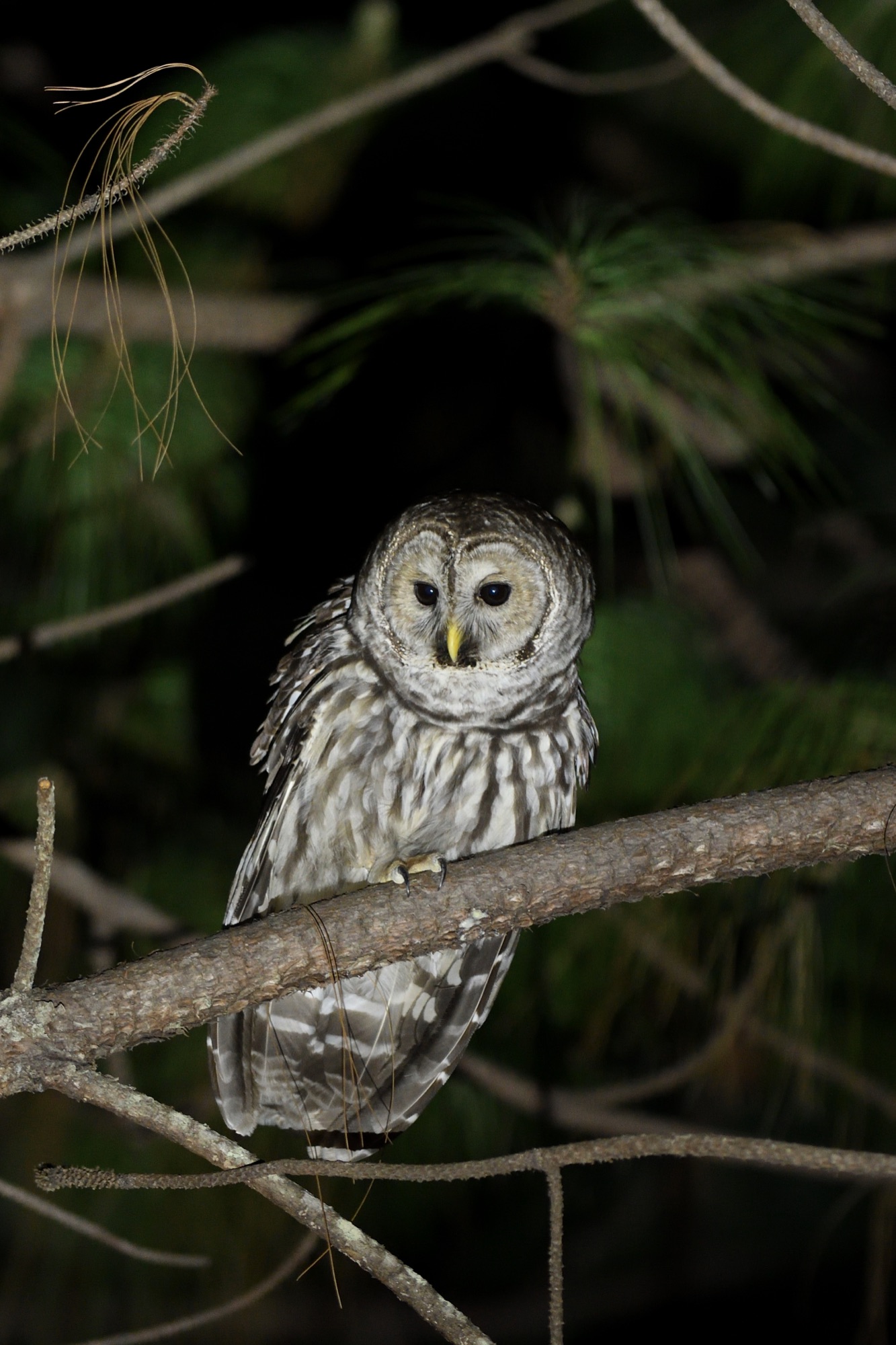WEST MEXICO BIRDING ADVENTURE 2023
This tour is a specialised itinerary designed to concentrate our efforts in finding as many of the endemic and specialty bird species of Western Mexico as possible.
Western Mexico holds a large number of endemic bird species, some of them among Mexico’s most spectacular birds. Many of these taxa are concentrated in several ‘endemic regions’ spread around the country. It is our goal to visit three of these regions over a two week period. While we will visit areas in Sinaloa, along the Durango Highway and San Blas, the majority of our time will be spent in the bird rich areas of Colima and Jalisco and the twin volcanos that are home to a staggering array of bird diversity.
Entering Mexico via Mazatlan shortens our route along Mexico’s Pacific Coast allowing us more time in the field. While our first morning is spend birding nearby scrubby foothills, we’ll soon begin our journey uphill via the Durango Highway. Turning inland toward Durango, habitats change from brushy, secondary thorn forest margins separated by fields and houses to hillsides covered with beautiful thorn forest. Rufous-bellied Chachalaca, Elegant Quail, Mexican Parrotlet, Lilac-crowned Parrot, Colima Pygmy-Owl, White-naped Swift, Golden-crowned Emerald, Berylline and Sparkling-tailed Hummingbirds, Citreoline Trogon, Russet-crowned Motmot, Black-throated Magpie-Jay, Purplish-backed Jay, Happy and Sinaloa Wrens, Black-capped Gnatcatcher, Blue Mockingbird, Fan-tailed and Rufous-capped Warblers, Blue Bunting and Rusty-crowned Ground-Sparrow top the list of specialties. As spectacular as this list may appear, the real objects of our search here are found in the pine woodlands at higher elevations—Tufted Jay and Eared Quetzal—certainly two of Mexico’s most impressive and interesting birds. Although the jay can be conspicuous at times, the quetzal is quite the opposite. Mountain Trogon, Gray-crowned Woodpecker, Mountain Pygmy-Owl, White-striped Woodcreeper, Pine Flycatcher, Gray-collared Becard, Spotted Wren, Russet Nightingale-Thrush, Aztec Thrush, Gray Silky-flycatcher, Crescent-chested and Red Warblers (here the ‘gray eared’ form), Red-headed Tanager, Rufous-capped and Green-striped Brush-Finches, Hooded Grosbeak and Black-headed Siskin are a few of the endemics we expect to find. We have two days to fully explore this beautiful area, with vistas from a perch overlooking Barranca Rancho Liebre sure to take your breath away. At least one evening will be spent looking for owls as Stygian Owl has been found near the barranca. Following our stay here we will then head further east and target 2 more endemics; Striped Sparrow and Sierra Madre Sparrow
San Blas is a fine birding area, but compared to other areas on our schedule San Blas holds far fewer of the specialty birds we are seeking. During our first afternoon here we’ll look for Military Macaw, Colima Pygmy-Owl, Mexican Hermit, San Blas Jay, Sinaloa Crow, many of the same specialties we searched for near Mazatlan and an evening outing for Buff-collared Nightjar if we were unsuccessful on previous outings. Our first morning here is spent aboard small boats gliding quietly through coastal mangroves. After exploring the estuary admiring numerous waterbirds, especially Rufous-necked Wood-Rail, Boat-billed Heron and a huge variety of herons, egrets and raptors, we’ll circle a pair of offshore rocks searching or Blue-footed and Brown Boobies and perhaps a pelagic species cruising close to shore. We’ll also be birding areas that hold a number of new birds for our group. Species that I expect to see include Rufous-bellied Chachalaca, Elegant Quail, Lesser Roadrunner, Colima Pygmy-Owl, Mexican Woodnymph and Bumblebee Hummingbird (as well as a host of wintering northern hummers for our Mexican lists), White-striped Woodcreeper, Spotted, Happy and Sinaloa Wrens and Red-headed Tanager.
One night along the Pacific coast enroute to Colima gives us a chance to explore some of our favorite, lesser-known locales. Impressive wetlands, thick thorn forest and vast agricultural areas may yield Rufous-necked Wood-Rail, Mexican Parrotlet, San Blas Jay and Yellow-winged Caçique among the more common species. Thorn forest habitat is much disturbed along Mexico’s Pacific coast. Two relatively undisturbed expanses of this thick, dry scrub provide ample opportunity to complete our list of desired species. While these sites are our primary areas for Flammulated Flycatcher, Rosy Thrush-Tanager and Red-breasted Chat, the complete list of endemics we expect to see is full of spectacular birds. Banded Quail, West Mexican Chachalaca, Lilac-crowned Parrot, Lesser Roadrunner, Colima Pygmy-Owl, Golden-crowned Emerald, Citreoline Trogon, San Blas Jay, Happy, Sinaloa and White-bellied Wrens, Black-capped Gnatcatcher, Fan-tailed Warbler, Blue and Orange-breasted Buntings, Black-vented Oriole and Yellow-winged Caçique are the primary members of this list. Similar habitat inland offers back-up support in case any species are missed while providing our most reliable areas in Colima/Jalisco for Banded Quail, Balsas Screech-Owl, Colima Pygmy-Owl and Buff-collared Nightjar.
The bulk of our time during this birding adventure will be spent in the well known birding states of Colima and Jalisco. This area possesses some of the finest birding to be found in tropical America. The quality and number of birds found in this habitat rich area is truly amazing. My favorite single birding location in all of Mexico is found here, Los Volcanes de Colima. And, as the birding is so spectacular, we are allowing three full days to fully explore this one site! Home to a wide variety of endemics, Volcan de Fuego is an experience that needs to be savored slowly. And after visiting a number of other memorable birding spots that is exactly what we will do. We begin along the Jalisco coast in thorn forest, move inland to fields, ponds & wetlands, visit more dry forest and then climb through changing habitats on the volcano that include scattered oaks, dry oak/pine forest, humid oak/pine forest and finishing with pine/fir forest just below timberline. This diversity of habitats in such a small geographical area is the reason the birding here is so spectacular. Many endemics, beautiful scenery and comfortable lodging provide an unbeatable combination.
The twin volcanos Volcan de Fuego & Volcan de Nieve (literally Volcanoes of Fire and Ice) that dominate the skyline above Colima are, in my opinion, the single best birding area in Mexico. Due to changing habitats draped across these magnificent volcanos, fields and thorn scrub on the lower flanks through pine/fir forest near treeline, the variety of birds to be found here are truly amazing. Here we have our best chance of seeing Long-tailed Wood-Partridge, Singing Quail, Thick-billed Parrot (found in the winter season only), Bumblebee Hummingbird, White-striped Woodcreeper, Gray-collared Becard, Spotted Wren, Aztec Thrush (present here in wintertime flocks), Russet Nightingale-Thrush, Dwarf Vireo, Chestnut-sided Shrike-Vireo, Green-striped Brush-Finch, Collared Towhee and Black-backed (Abeille’s) Oriole. Night birding on the volcanos has its prizes to be uncovered as well. Whiskered Screech-Owl, Mountain Pygmy-Owl, Stygian Owl, Mexican Spotted Owl, Eared Poorwill, Buff-collared Nightjar and Mexican Whip-poor-will top our list of possibilities. It is our intent to find ALL of these specialty nightbirds, thus our five night stay in the area.
Saturday 11th March - Sunday 26th March 2023
KEY SPECIES
Here are just a few of the key species we will be targetting on this tour:
- Rufous-bellied Chachalaca
- West Mexican Chachalaca
- Elegant Quail
- Banded Quail
- Long-tailed Wood Partridge
- Ridgway's Rail
- Spotted Rail
- Rufous-necked Wood-Rail
- Lesser Roadrunner
- Balsas Screech-Owl
- Stygian Owl
- Cinereous Owl
- Colima Pygmy-Owl
- Northern Potoo
- Buff-collared Nightjar
- Mexican Whip-Poor-Will
- Eared Poorwill
- Mexican Hermit
- Mexican Violetear
- Mexican Woodnymph
- Bumblebee Hummingbird
- Elegant Trogon
- Mountain Trogon
- Citreoline Trogon
- Coppery-tailed Trogon
- Eared Quetzal
- Russet-crowned Motmot
- Golden-cheeked Woodpecker
- Grey-crowned Woodpecker
- Arizona Woodpecker
- Lilac-crowned Amazon
- Mexican Parrotlet
- Military Macaw
- White-striped Woodcreeper
- Chestnut-sided Shrike-Vireo
- Black-capped Vireo
- Slaty Vireo
- Golden Vireo
- San Blas Jay
- Tufted Jay
- Purplish-backed Jay
- Purplish-backed Jay
- Transvolcanic Jay
- Black-throated Magpie-Jay
- White-throated Magpie-Jay
- Flammulated Flycatcher
- Pine Flycatcher
- Grey Silky-Flycatcher
- Grey-collared Becard
- Mexican Chickadee
- Spotted Wren
- Grey-barred Wren
- Happy Wren
- Sinaloa Wren
- Blue Mockingbird
- Brown-backed Solitaire
- Russet Nightingale-Thrush
- Rufous-backed Thrush
- Olive Warbler
- Colima Warbler
- Red-faced Warbler
- Red Warbler
- Golden-browed Warbler
- Crescent-chested Warbler
- Grace's Warbler
- Painted Whitestart
- Black-vented Oriole
- Five-striped Sparrow
- Black-chested Sparrow
- Striped Sparrow
- Sierra Madre Sparrow
- Collared Towhee
- Rusty-crowned Ground Sparrow
- Rufous-capped Brushfinch
- Green-striped Brushfinch
- Rosy Thrush-Tanager
- Red-headed Tanager
- Yellow Grosbeak
- Red-breasted Chat
- Black-headed Siskin
- Varied Bunting
- Orange-breasted Bunting
Leader: Nick Bray and Mark Stackhouse.
Ground Price: £4250.00- Mazatlan/Guadalajara
Single supplement: £450.00
Deposit: £500.00
Group size: Maximum of 9.
Included in cost: Accommodations based on two persons sharing a two-bedded room. We select good hotels convenient to our birding destinations, but at times the only convenient accommodations may be rather simple. Expert guide service. All transportation, this may be by private or chartered car, station wagon, van, bus, ferry or private boat. Taxes & local fees, all group admissions and park entry fees are included in the tour price.
Not included: International airfare, most meals, transportation to or from Mexico, meals, tips for restaurant wait staff, laundry, personal tips, alcoholic drinks, soft drinks, juices, mineral waters and other beverages, room service charges, souvenirs, insurance of any kind, telephone calls and use of TV not included in the room rate, and overweight baggage fees.
Meal Costs: Meals ARE NOT included in the cost of this tour. For this tour we eat many meals ‘in the field’ like picnics for breakfast and lunch, although on occasion we may have breakfast in the hotel. Others are at convenient ‘typico’ restaurants while our final meal of the day is usually a sit-down dinner. As a person can eat very well for as little as $20 per day or you can choose to spend three or four times that amount for a single day, depending upon your menu choices. Zoothera Birding has a policy of NOT overcharging one person to cover another’s meal choices—which we would have to do if meals were budgeted expenses. Typical field breakfast is yoghurt, granola, fresh fruit, fruit juice, and fresh baked goods from a local bakery—if they're still open! Lunch has two options depending upon our location each day: 1) Picnic lunch - sandwiches, cheese & crackers, chips/crisps, fresh fruit, beverages, etc. OR 2) lunch at local restaurants if convenient to our birding location. Dinner will be at a restaurant close to our hotel where we can enjoy a drink, do the checklist and eat. In the smaller cities options can be quite limited i.e. Ciudad Guzman. Overall, we can eat very well for the entire tour on a cost of around $35 per day. Or...it could be twice that depending upon how much alcohol you drink with dinner and what your final menu choices are. Typical Mexican food is much less expensive than American/European menu selections.
Tour Code: This is a standard birding tour with regular birding walks along roads and well marked trails, although we can get to around 10,000 feet around the volcanoes. As is typical with birding visits to tropical latitudes, in order to get the most out of the precious early morning hours, most days will consist of early starts with picnic breakfasts in our rooms or in the field. Lunches are often picnic style when we are far from ‘civilization’, such as birding on Cerro San Juan, or at conveniently located restaurants. Dinner will be our most relaxing meal of the day, usually at a better restaurant close to our hotel. Dinners often begin with a ‘cocktail hour’ as we complete a checklist of the days bird sightings.There is decidedly an emphasis placed upon seeing all of the endemic birds found in the areas we visit. We expect there to be at least five optional night outings to look for owls & nightbirds, so those days may be quite long. We have only a few long drives on our route and these are broken up by birding breaks or meals so that they shouldn’t prove to be too difficult - for the driver OR participants! Like most Zoothera tours, there is little time allocated for shopping as a group activity so your best chances of some ‘non-birding time’ are going to be found during our multiple-day stay at San Blas or upon return to Puerto Vallarta on our last morning (depending upon your departure time). As always, I will point out the options for those who wish to experience other facets of life in Western Mexico. And above all, be prepared for all eventualities!
Climate:Generally the climate will be warm and dry, particularly along the Pacific coast. The notable exceptions to this will be our visits to the highlands near Tepic, along the Durango Highway and on the volcanoes of Colima & Jalisco. Examples of average daytime high temperatures & nighttime low temperatures in Fahrenheit - average monthly rainfall for a few cities on our route are: Puerto Vallarta - 80ºF/62ºF - .70 and San Blas - 82ºF/61ºF - .80. As stated above, the obvious exception to these quite pleasant temperatures is during our time spent birding at higher altitude where daytime temperatures will be in the 50ºF - 60º F range, with night-time temperatures potentially much cooler. Although rain is possible at anytime, our tour takes place during a time of reduced rain activity and is unlikely to occur away from the highlands. A raincoat, warm coat/sweater and hat are required equipment for this tour, particularly considering the amount of night birding that is planned.
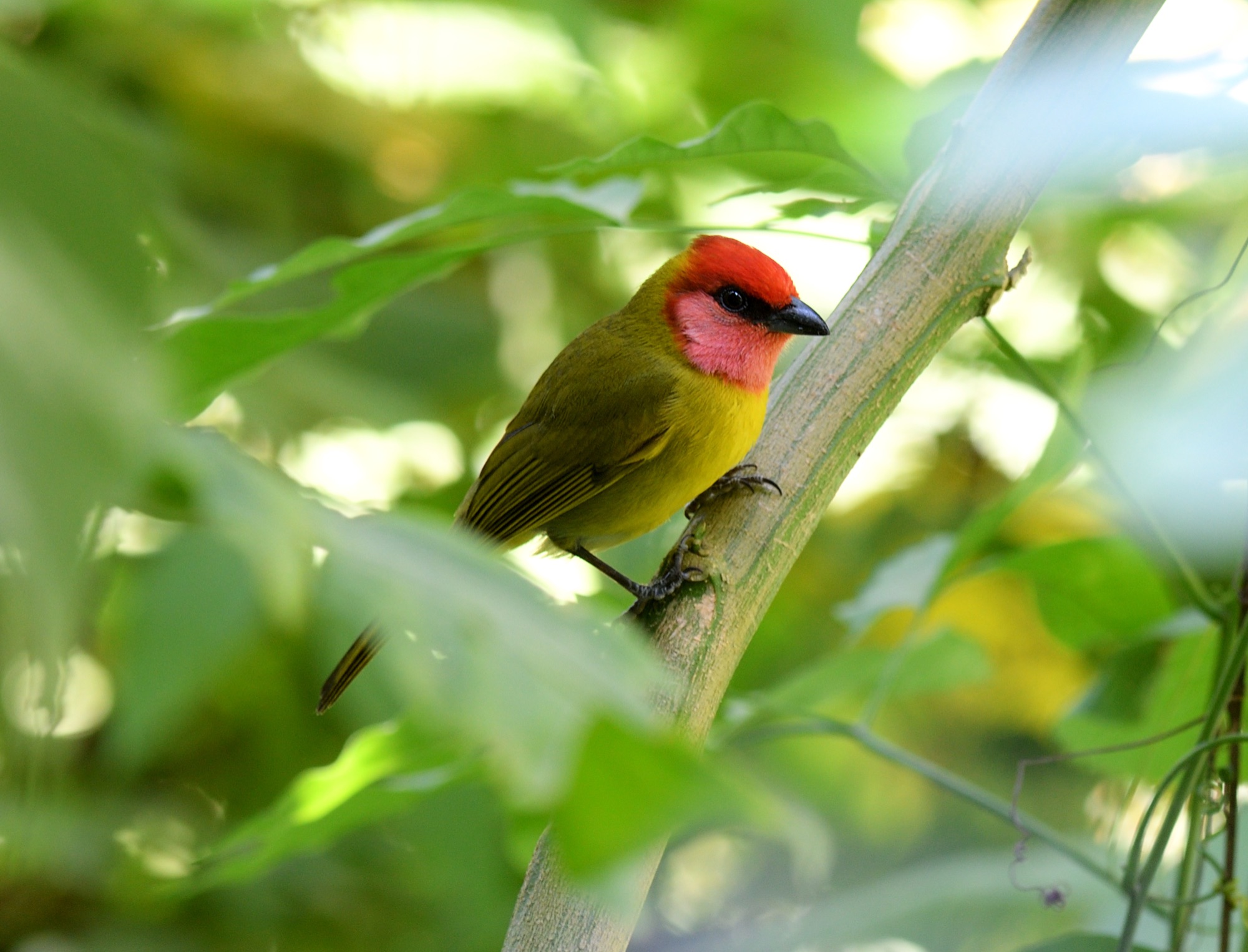
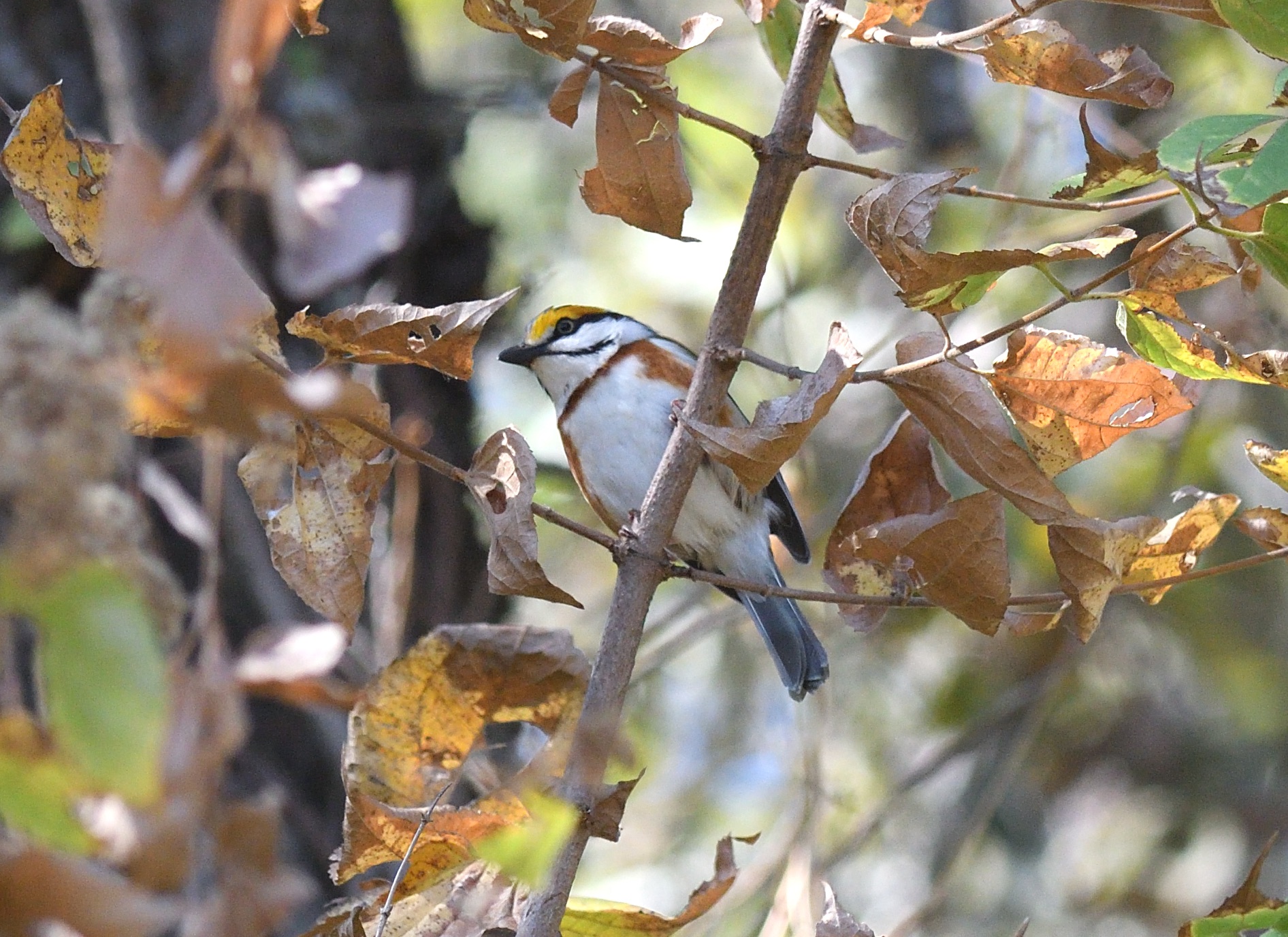
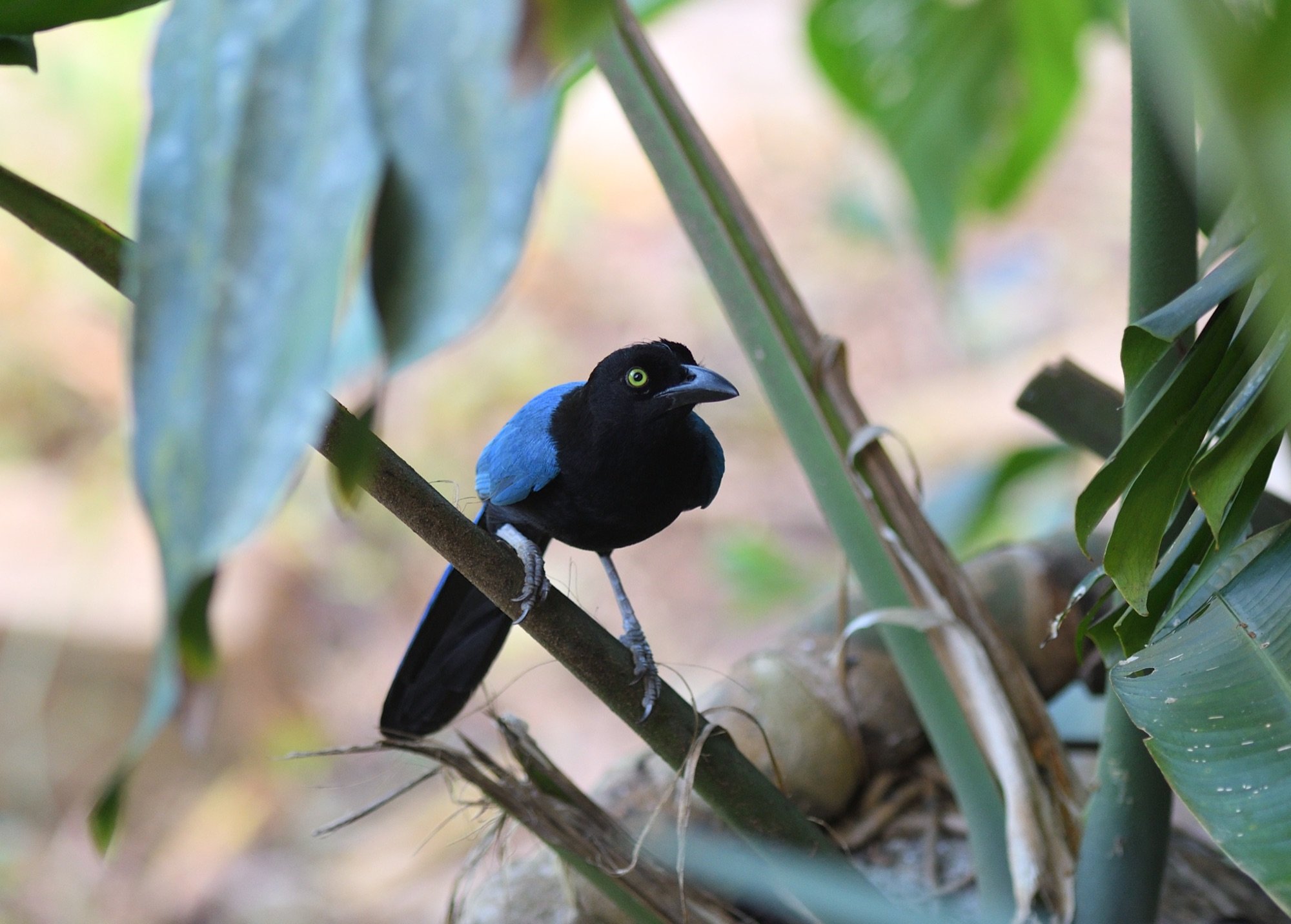
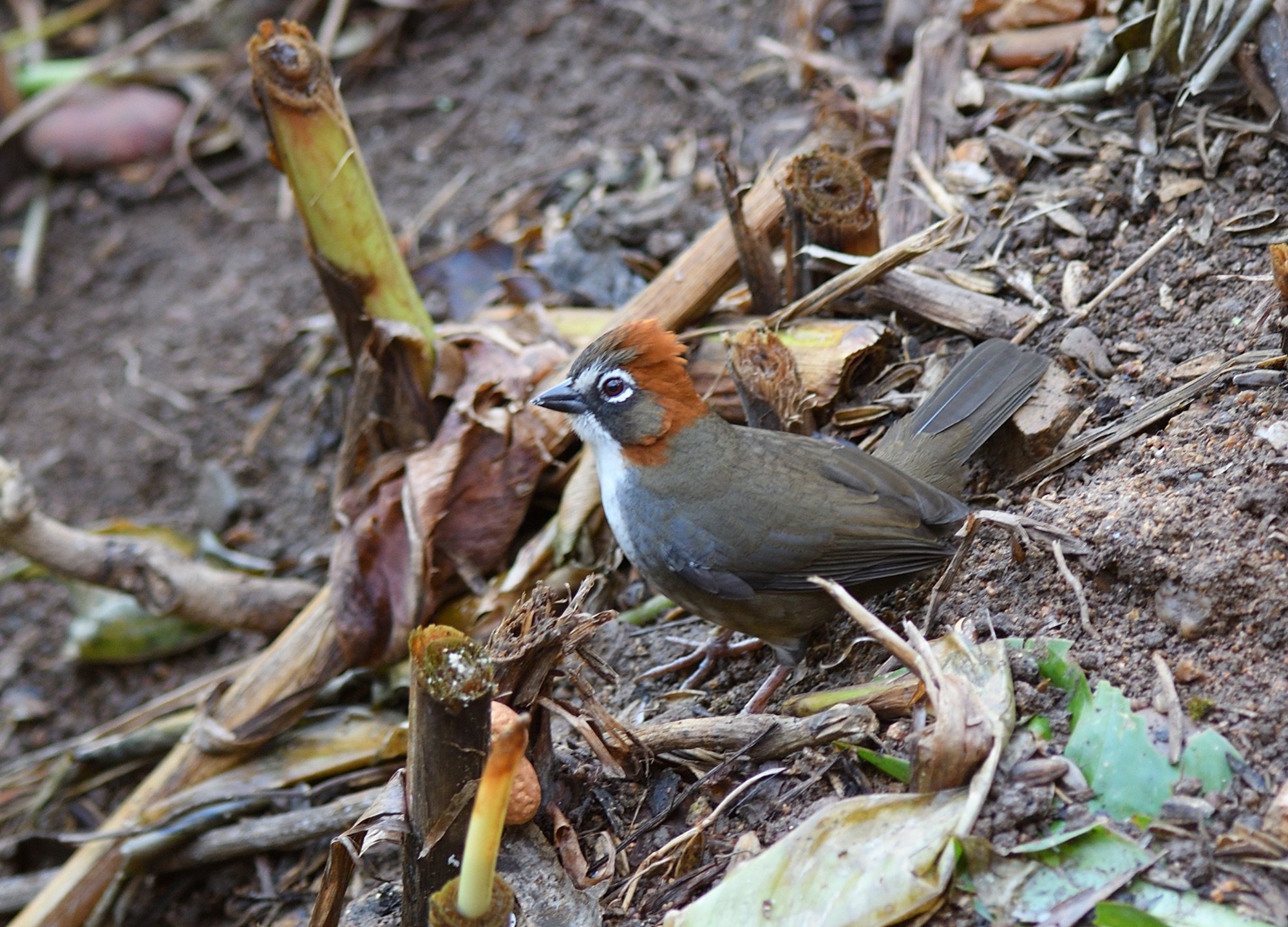
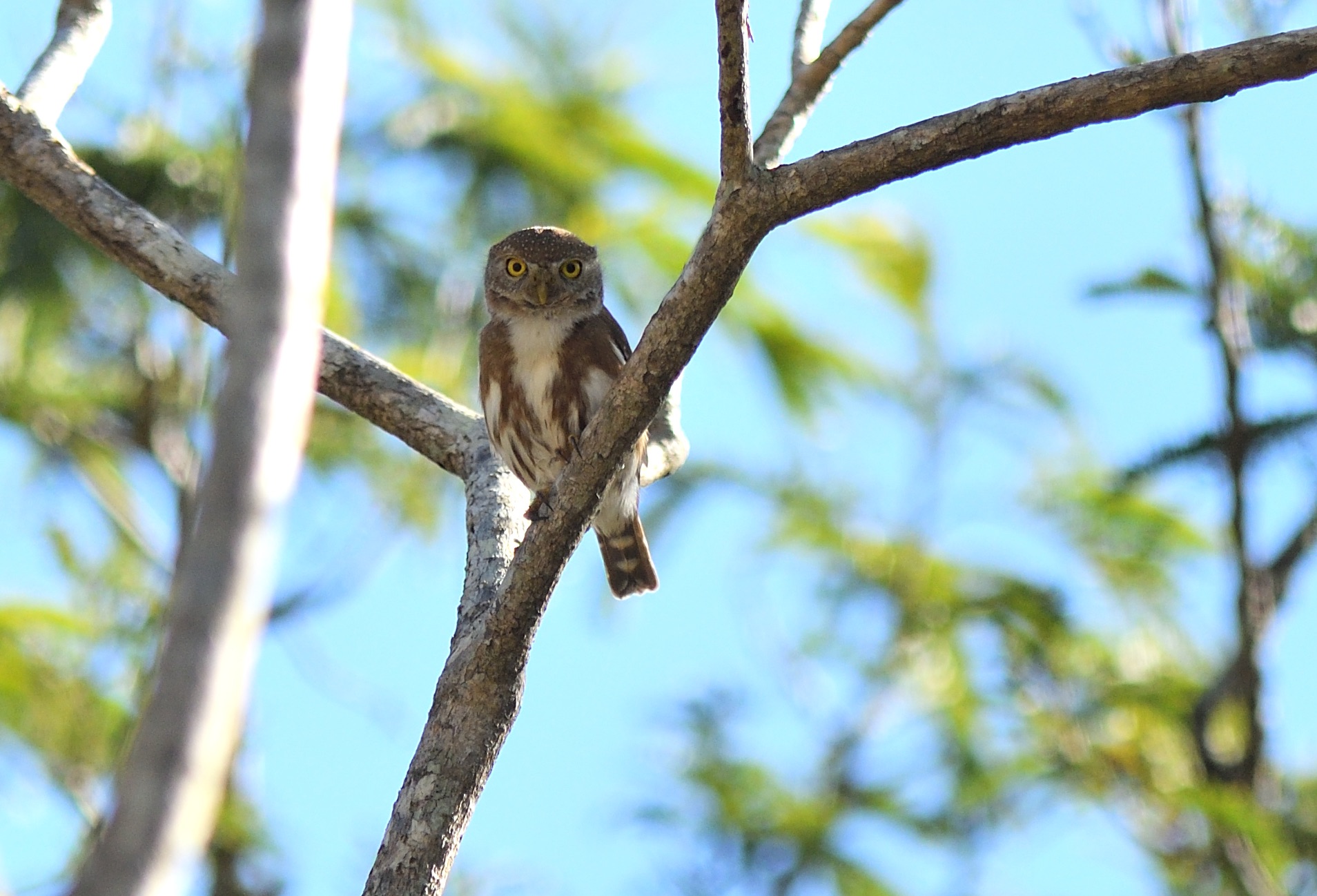
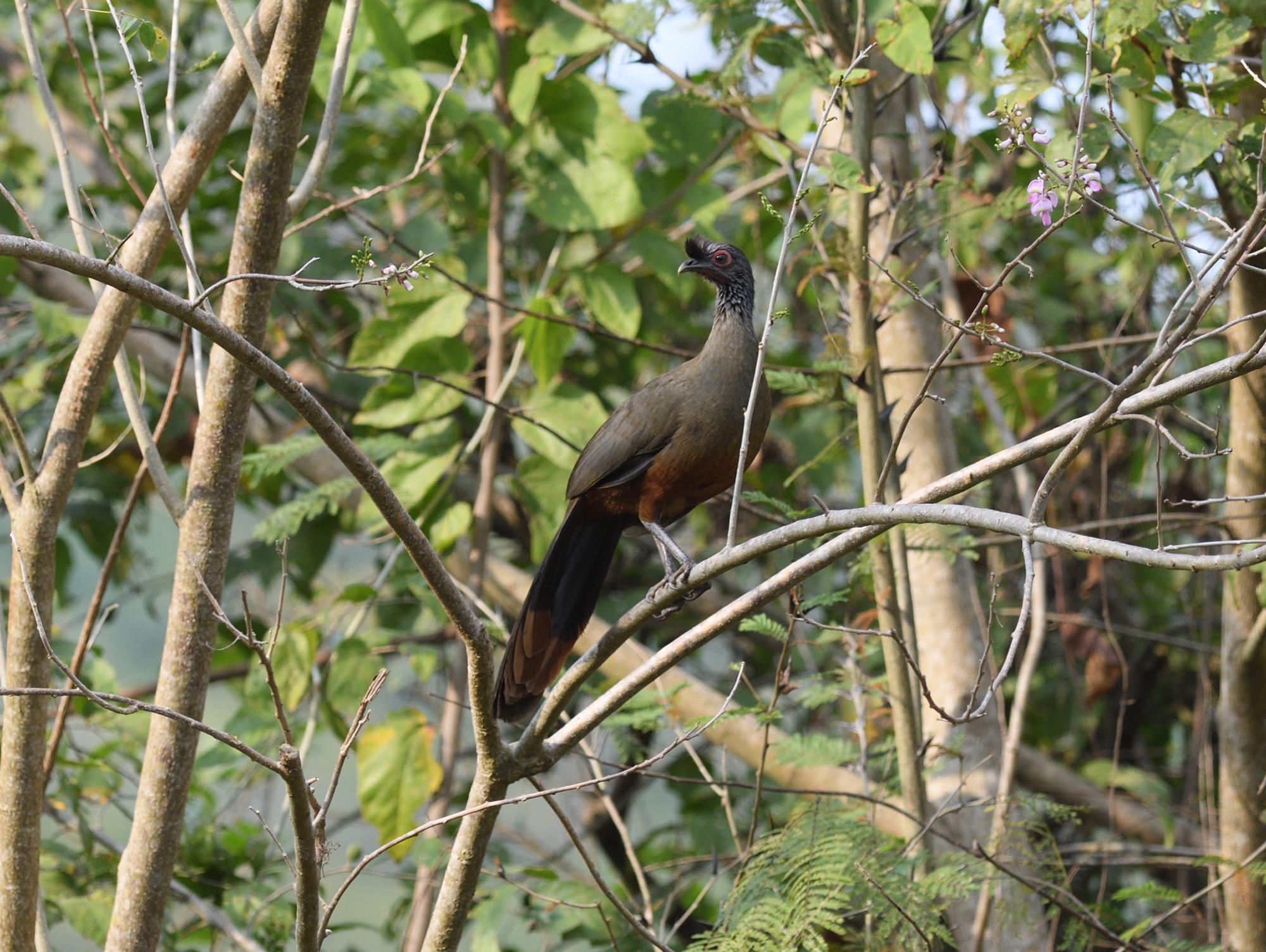
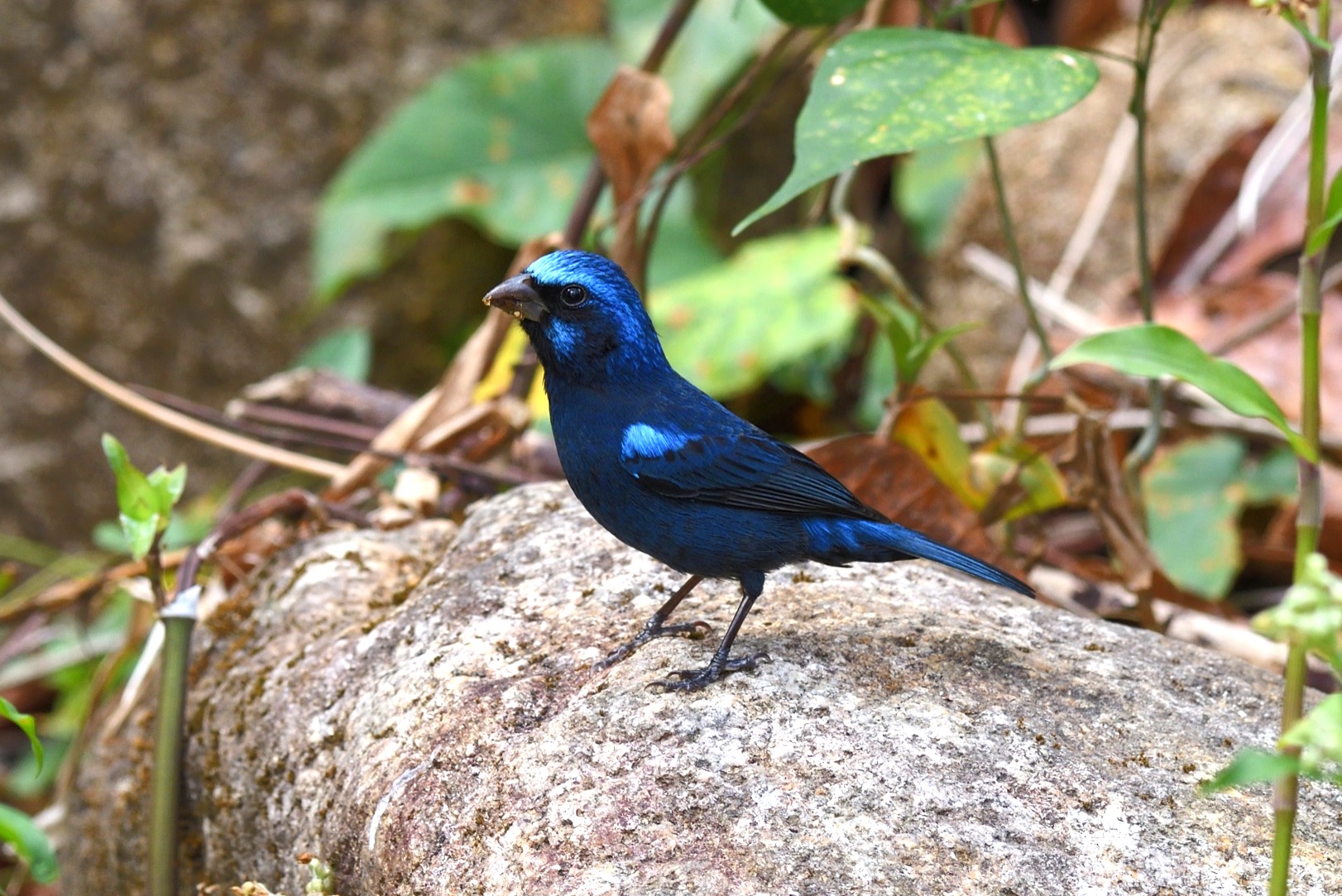
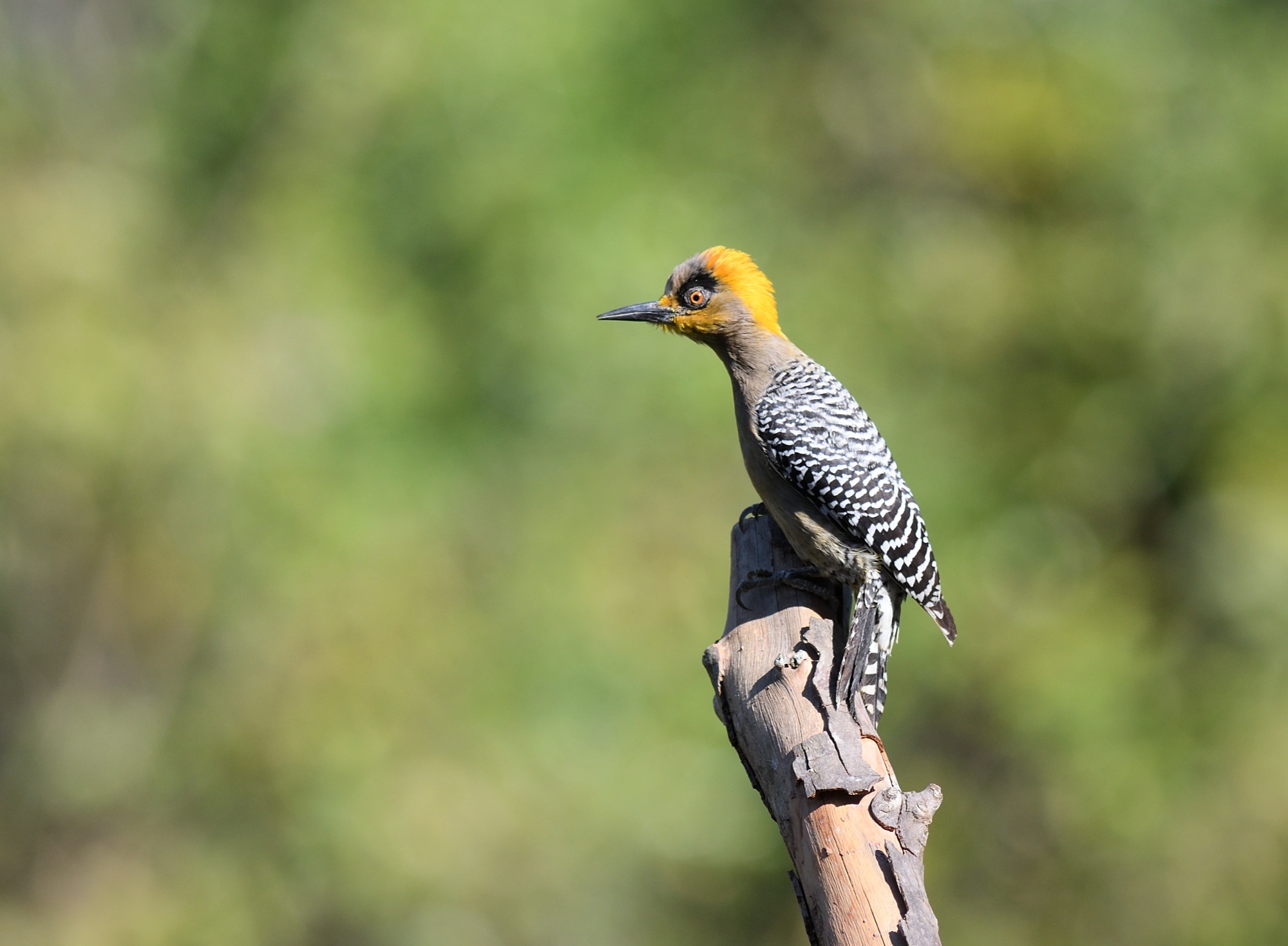
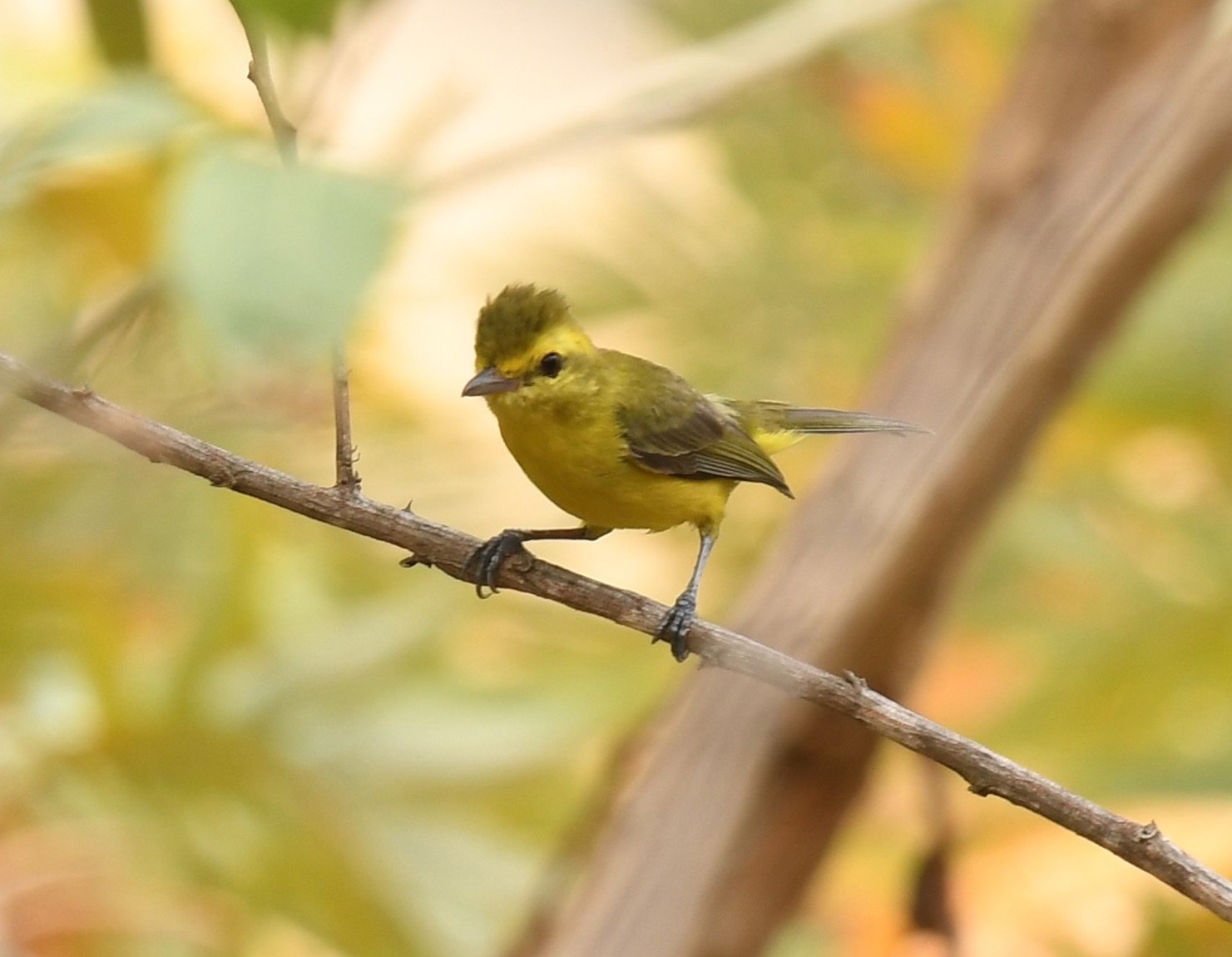
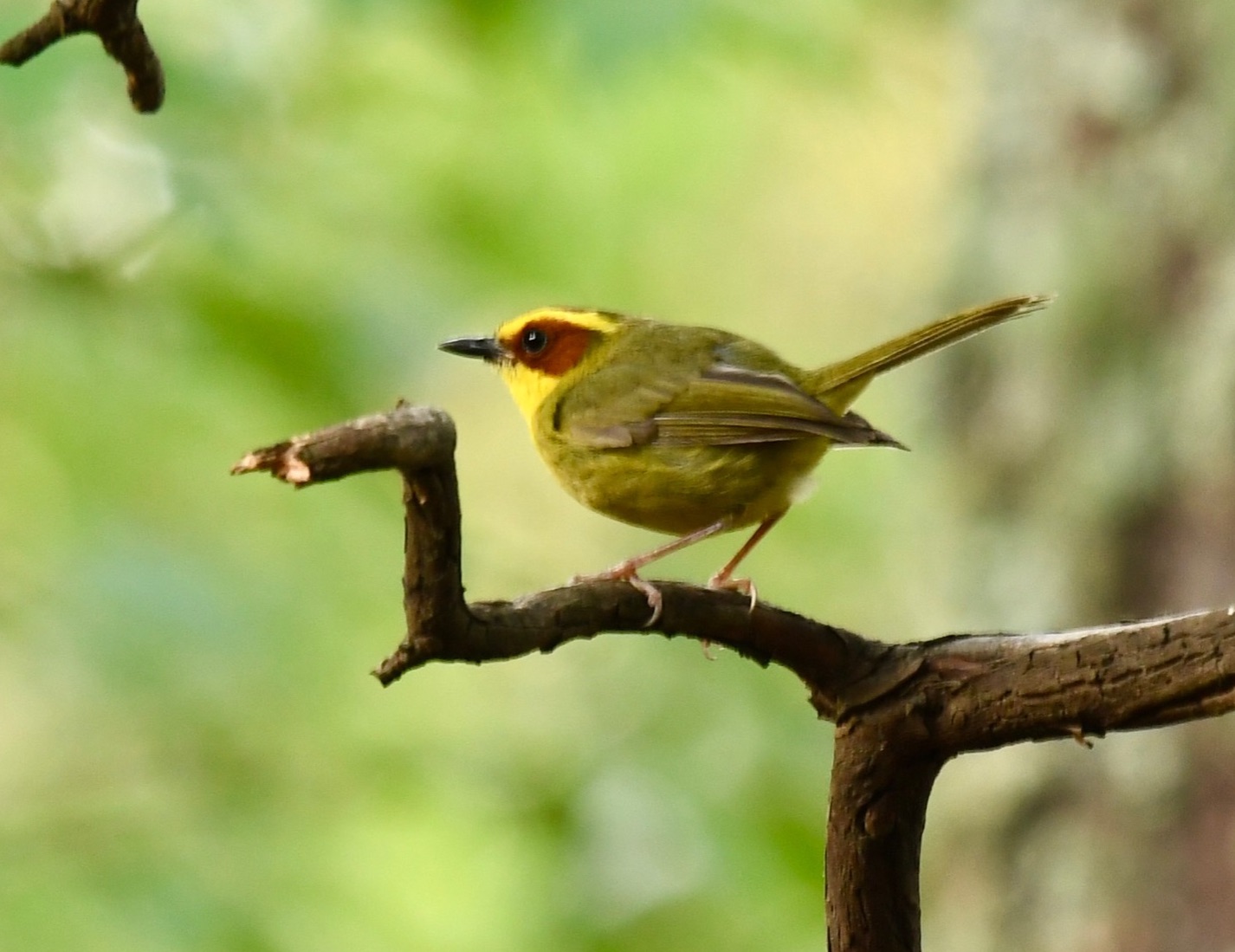
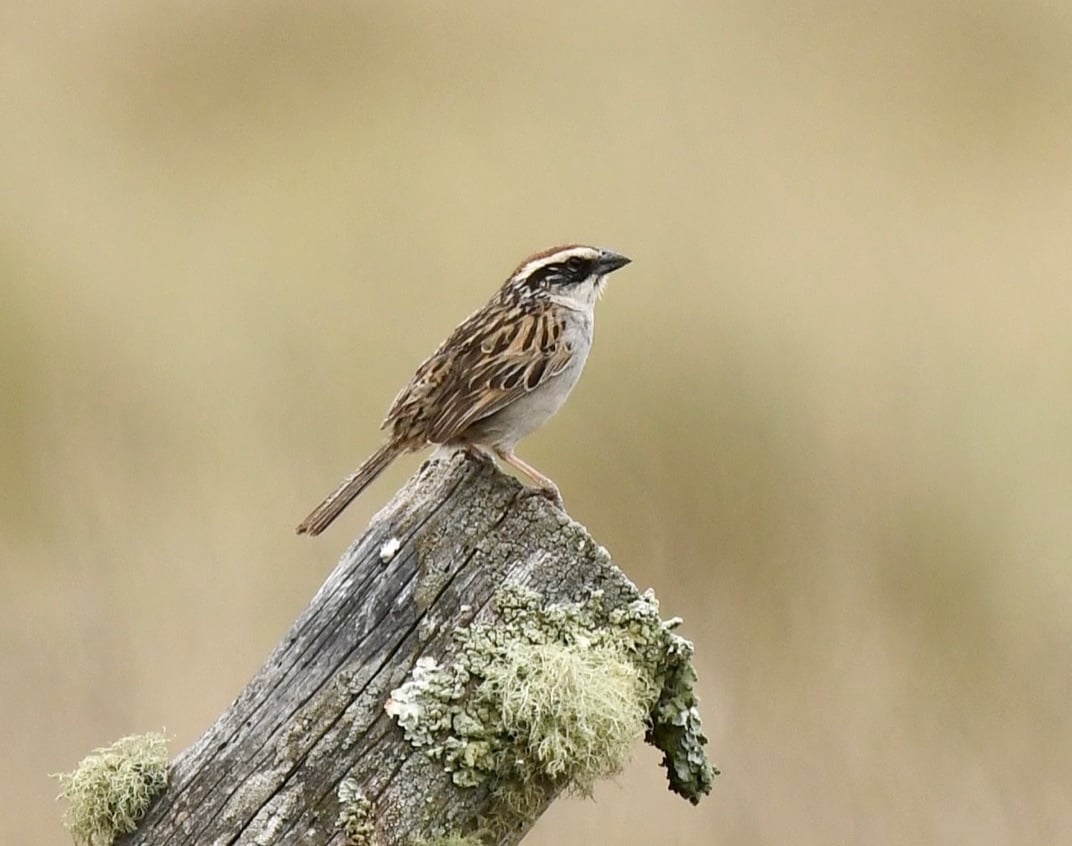
All photos copyright Nick Bray/Zoothera Birding.
Just hover your cursor over each photo for info.
